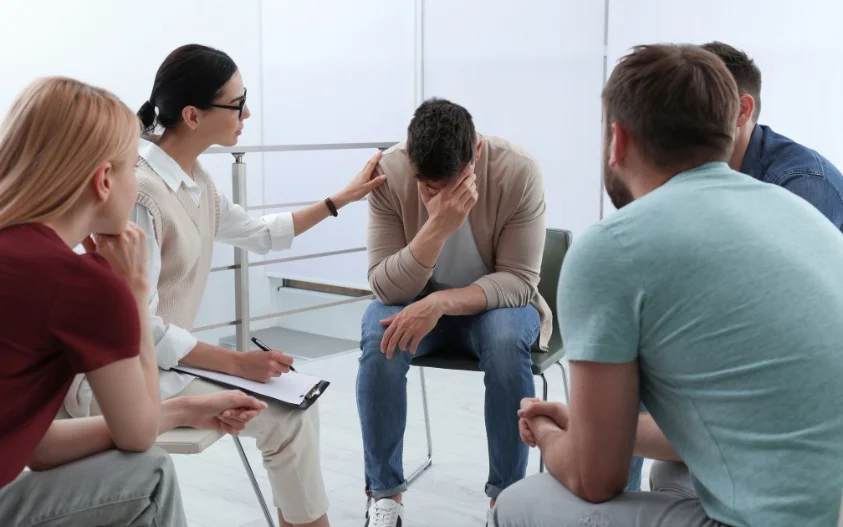24/7 Helpline:
(866) 899-111424/7 Helpline:
(866) 899-1114
Learn more about Opioid Rehab centers in Loma Linda
Opioid Rehab in Other Cities





Benchmark Transitions
Benchmark Transitions offers residential treatment, extended care and transitional living for young ...







Other Insurance Options

UnitedHealth Group

Lucent

Anthem

Multiplan

Aetna

Sutter

United Health Care

Ambetter

Providence

Holman Group

Meritain

MVP Healthcare

PHCS Network

Amerigroup

Health Net

Magellan

WellPoint

Coventry Health Care

MHNNet Behavioral Health

BlueCross